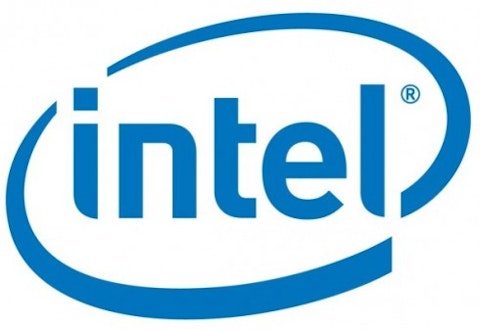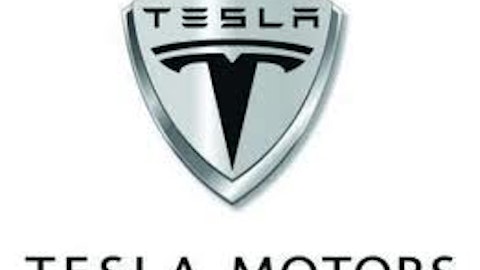On June 3, Intel Corporation (NASDAQ:INTC) officially launched its Haswell line of processors. Haswell replaces the Ivy Bridge line of processors and is aimed at desktops, servers, and laptops. Intel’s other line of processors, Atom, is designed for low-power applications like tablets and smartphones. Although Haswell is the more powerful architecture, the power used by these new chips has been greatly reduced over the previous generation, meaning that ultrabooks and high-end tablets could see increased battery life.
What does the release of Haswell mean for Intel and its competitors?
What Haswell means for Intel
The two big changes which Haswell brings to the table are a lower power draw and better integrated graphics. Ultrabooks, a category of laptops created by Intel, are ultra-sleek devices with touchscreens meant to bridge the gap between the traditional laptop and the tablet. The typical ultrabook is far more powerful than even a high-end tablet, running a full Windows operating system rather than Android or iOS. Haswell will allow the battery life of ultrabooks, as well as traditional laptops, to be extended. Dell‘s new line of laptops featuring Haswell boosts battery life by two hours, bringing the dream of all-day-computing closer to reality.
Most desktops and laptops sold contain an integrated graphics solution, capable of playing videos and basic tasks but abysmal at playing modern games. Discrete graphics cards are required to play games on high settings and at high resolutions, and that hasn’t changed with Haswell. Even with a vast improvement in graphics capability, inexpensive discrete graphics cards still trounce Haswell. Some of the low-end market for discrete GPUs may be lost to Haswell, but the mid-end and high-end market can’t be touched.
The improved graphics, however, matter more for tablets. A separate graphics card isn’t feasible in a thin-and-light tablet, so having integrated graphics that are reasonably capable is important. Tablets, at least for now, feature more casual games with lower graphics requirements than traditional PC games, so, Haswell gives Intel a viable alternative to ARM-based devices.
What Haswell means for ARM
Almost all processors which go into smart phones and tablets today are based on the ARM architecture, which is licensed by ARM Holdings (NASDAQ:ARMH). Since Haswell will likely only find its way into higher-end devices, ARM’s stranglehold on the low-end will remain intact. But, high-end processors carry the highest licensing fees for ARM, so the bottom line could be under pressure. Up until this point, ARM has faced no competition in the mobile space, but Intel has finally arrived.
The bigger threat to ARM is Intel’s other line of processors. Samsung recently announced that an Intel Atom processor will be used in its upcoming Galaxy Tab 3, a big win for Intel Corporation (NASDAQ:INTC). ARM chips still have the advantage when it comes to power usage, but Intel is pushing hard to close that gap.


